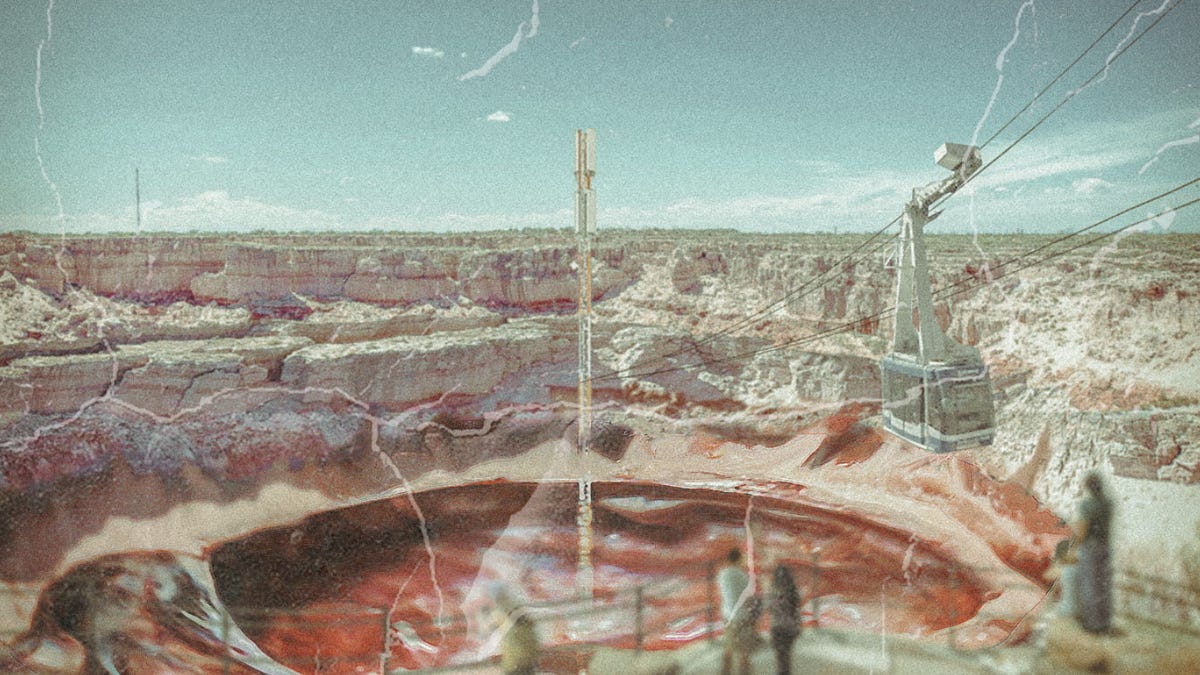[ad_1]

Following the instance set by governments in locations like Belgium and the Netherlands, an Australian politician has put ahead a invoice that may, if handed into regulation, massively limit using loot containers in video video games geared toward kids.
Federal politician Andrew Wilkie, an unbiased, launched the invoice into parliament yesterday. Proposing that loot field mechanics—the place gamers use precise cash to purchase random in-game objects—prey upon the identical impulses that playing does, and that they’ll function a pathway to get youngsters hooked on it, he means that any recreation with loot containers (or comparable methods) mustn’t solely be restricted to these over the age of 18 (the authorized playing age in Australia), however also needs to carry warning labels specifying the rationale for the ranking as properly.
Whereas Australia has a fame for being extremely heavy-handed with its classification of video video games—largely right down to a damaged outdated system from a long time previous that has since been overhauled (but which nonetheless has some drug-related kinks within the pipe)—I feel this can be a no-brainer?
I’ve obtained a nine-year-old son who performs a whole lot of video games, and the extent to which these things is rampant inside platforms like Roblox is terrifying. Then contemplate the recognition of sports activities video games like FIFA and NBA2K, each of which characteristic in depth give attention to what’s principally playing, and you’ll see how this can be a regulatory (and psychological!) timebomb that simply retains ticking away.
Right here’s the complete define of the invoice, which in some instances wouldn’t simply limit the sale of those video games, however in some conditions simply straight up ban them (“RC” means Refused Classification, and video games with out classification can’t legally be offered right here):
Loot containers are options of interactive video games containing undisclosed objects that may be bought with actual foreign money. They’ll take the type of a digital field, crate, prize wheel or comparable mechanism and include a prize or merchandise which can or might not profit the participant. For instance, a loot field may include a specific character, extra play time or entry to ranges and recreation maps. Because the rewards contained inside these loot containers can supply aggressive benefits inside the recreation, they carry vital worth for gamers and will maintain resale worth.
By tempting gamers with the potential to win game-changing objects, encouraging risk-taking for doable reward, delivering random prizes on an intermittent foundation, and inspiring gamers to maintain spending cash, loot containers give rise to most of the similar feelings and experiences related to poker machines and conventional playing actions. That is particularly regarding as many video games which include these options are well-liked with adolescents and younger adults. Regardless of this, loot containers usually are not presently required to be thought-about in classification selections nor are video games required to promote once they include this characteristic.
This invoice cures this by requiring the Classification Board to contemplate loot containers when classifying a recreation. Additional, the Board should set a minimal classification of R18+ or RC for video games containing this characteristic, which is able to limit kids from buying and taking part in these video games.
The amendments additionally require a warning to be displayed when video games include loot containers or comparable options, in order that they are often simply recognized by mother and father and guardians.
[ad_2]
Source link


